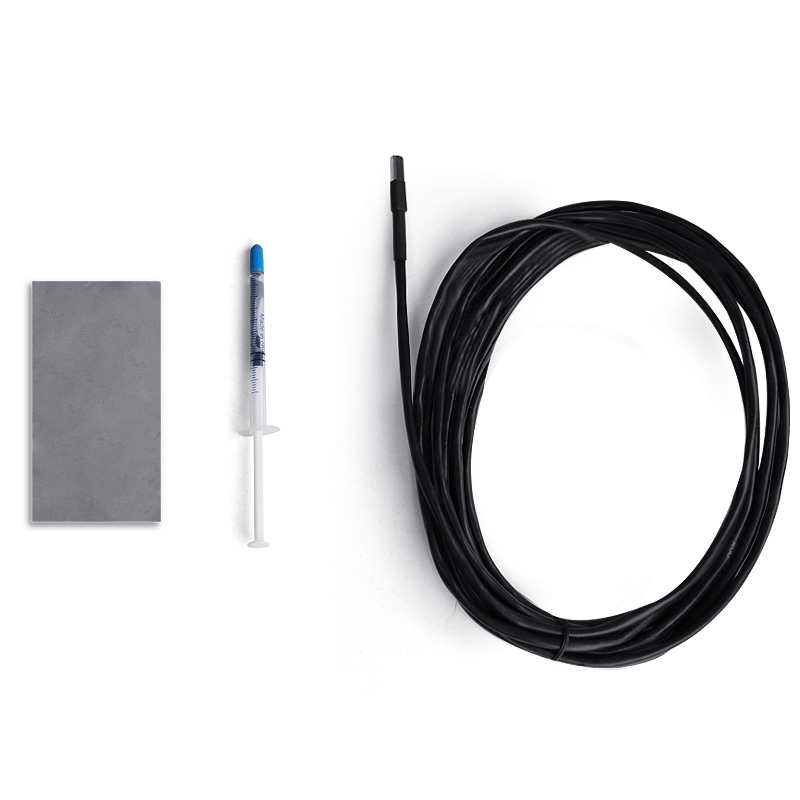Tianqiong Sensor IOT Technology Co., Ltd
Sales Manager:Ms. Emily Wang
Cel,Whatsapp,Wechat:+86 15898932201
Email:info@fengtutec.com
Add:No. 155 Optoelectronic Industry Accelerator, Gaoxin District, Weifang, Shandong, China

Sales Manager:Ms. Emily Wang
Cel,Whatsapp,Wechat:+86 15898932201
Email:info@fengtutec.com
Add:No. 155 Optoelectronic Industry Accelerator, Gaoxin District, Weifang, Shandong, China

Model:FT-BW1
Brand:tianqiong
1.Introduction to Temperature Sensor for Display Backplane
Temperature Sensor for Display Backplane integrates a temperature sensor into the patch to monitor the backplane temperature, aiming to measure the amount of thermal energy of an object.Temperature Sensor for Display Backplane uses a high-precision thermistor as an induction component, and has the characteristics of high measurement accuracy and good stability. The signal transmitter adopts advanced circuit integration modules, which can convert temperature into corresponding voltage or current signals according to different needs of users. The instrument is small in size, convenient to install and portable, and has reliable performance; it adopts proprietary circuits, good linearity, strong load capacity, long transmission distance and strong anti-interference ability. It can be widely used in temperature measurement in meteorology, ocean, environment, airports, ports, laboratories, industry, agriculture and transportation fields.
2.Temperature Sensor for Display Backplane Technical Parameters
Range range: -50~100℃
-20~50℃
Accuracy: ±0.5℃
Power supply method: DC 2.5V
DC 5V
DC 12V
DC 24V
other
Output form: Current: 4~20mA
Voltage: 0~2.5V
Voltage: 0~5V
RS485
other
Instrument line length: Standard configuration: 5 meters
other
Load resistance: Voltage type: RL≥1K
Current type: RL≤250Ω
Working temperature: -50℃~100℃
Relative humidity: 0~100%
Product weight: 125g probe
Product power consumption: 0.24mW
3. Temperature Sensor for Display Backplane calculation formula
Voltage type (0~5V):
T=V/5×70-20
(T is the measured temperature value (℃), V is the output voltage (V), this formula corresponds to the measurement range -20~50℃)
T=V/5×150-50
(T is the measured temperature value (℃), V is the output voltage (V), this formula corresponds to the measurement range -50~100℃)
Current type (4~20mA):
T=(I-4)/16×70-20
(T is the measured temperature value (℃), I is the output current (mA), this formula corresponds to the measurement range -20~50℃)
T=(I-4)/16×150-50
(T is the measured temperature value (℃), I is the output current (mA), this formula corresponds to the measurement range -50~100℃)
Note: The calculation formulas corresponding to different signal outputs and different measurement ranges need to be recalculated!
Compared with traditional embedded sensors, the Road Condition Monitor has distinct advantages in practical applications. It adopts non-intrusive installation, which does not require damaging the road surface structure. The installation process is simple and convenient, which can greatly reduce the...
Two - dimensional ultrasonic anemometers can only measure two parameters: wind speed and direction on the horizontal plane. They cannot obtain information about the wind in the vertical direction, such as vertical wind speed or the upward/downward speed of vertical airflows. Therefore, they are only...
The weather stations used in the agricultural field are called Agricultural Weather Stations. In order to better serve agricultural production, in addition to the conventional meteorological elements, Agricultural Weather Stations will also focus on increasing the monitoring of soil-related elements...
There is a hidden hazard invisible to the naked eye in solar photovoltaic panels —— hidden cracks. This hazard can negatively impact the performance and lifespan of photovoltaic power generation systems. Let’s take a detailed look at it.Hidden cracks refer to fine cracks that occur in the cells o...